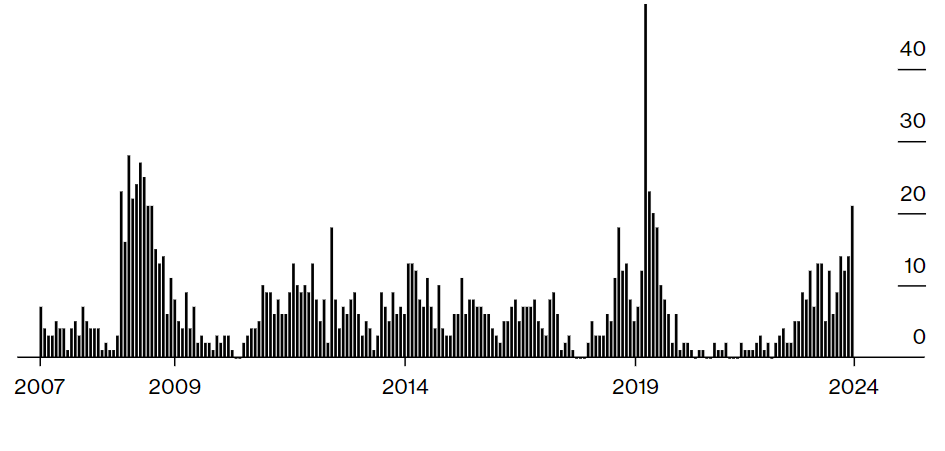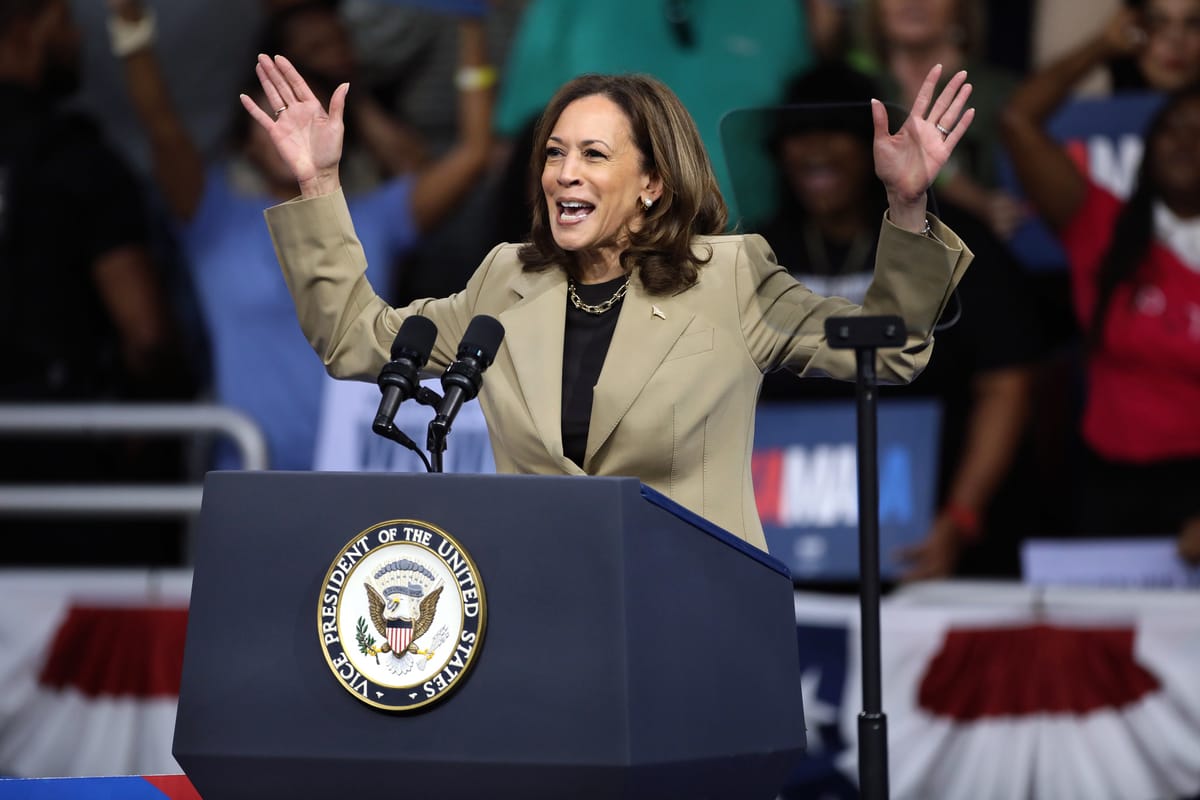Table of Contents

According to data from Bank of America, September 2024 is already proving to be the largest month of global monetary policy easing since the economic crisis.
U.S. market participants anticipate a total of 75 basis points in rate cuts by the end of 2024.
In September, the word "cautiously optimistic" has become quite relevant.
The shift in the Federal Reserve's stance and China's synchronised stimulus plan have greatly allayed two of the financial markets' most pressing worries.
The markets are now experiencing nothing but good news.
The momentum ETF offered by BlackRock reached a new high last week and is now up around 30% for the year. Meanwhile, the VanEck Semiconductor ETF (SMH), worth $25 billion, climbed 4% last week, outperforming the tech-heavy Nasdaq 100 and the S&P 500's gains.
One can determine the current rate-cut cycle differs from others by looking at the market reaction.
In addition to monetary policy expectations, the digital asset market is now eagerly anticipating the outcome of the US presidential election. Many CEOs in the cryptocurrency sector express optimism that the outcome of the election could pave the way for more transparent and favorable crypto laws.
This shift in legislation is seen as crucial for fostering innovation and investment in the industry. Enhanced clarity around regulations may encourage institutional participation and reassure retail investors, leading to a more robust market environment. Furthermore, the prospect of a pro-crypto administration could catalyze the development of necessary infrastructure, allowing for greater adoption of digital assets.
In recent weeks, Bitcoin has been making headlines as it approaches the $66,000 mark, igniting speculation about a potential new bull market. Despite this upward momentum, investor sentiment remains cautious. Previous attempts to break through the $70,000 level have often resulted in sharp corrections. While Bitcoin's recent gains are promising, the path to new all-time highs remains fraught with uncertainty, highlighting the need for improved macroeconomic conditions and increased institutional participation to truly ignite a bullish trend.












